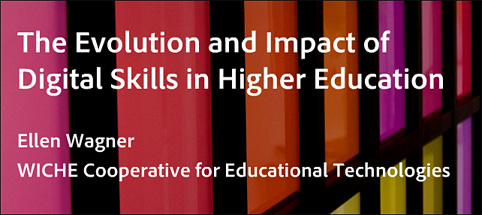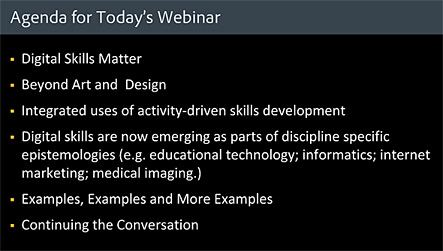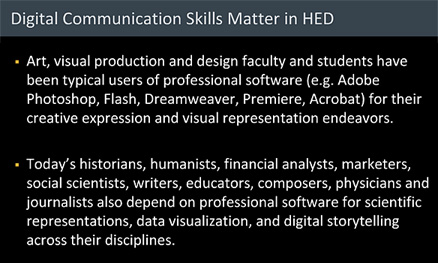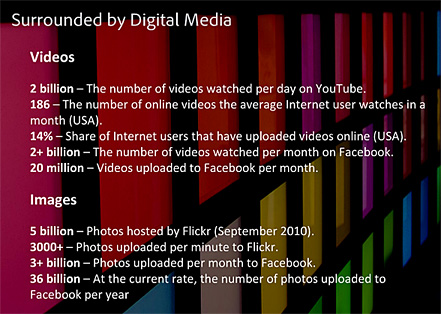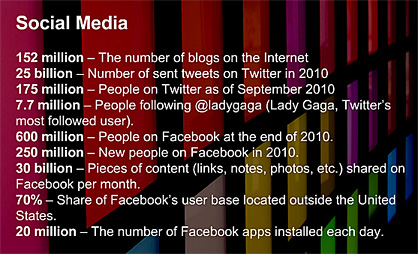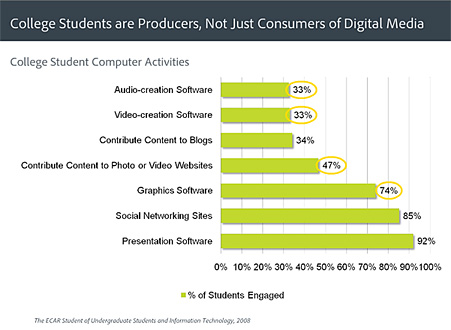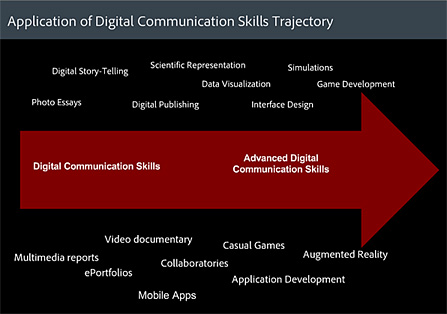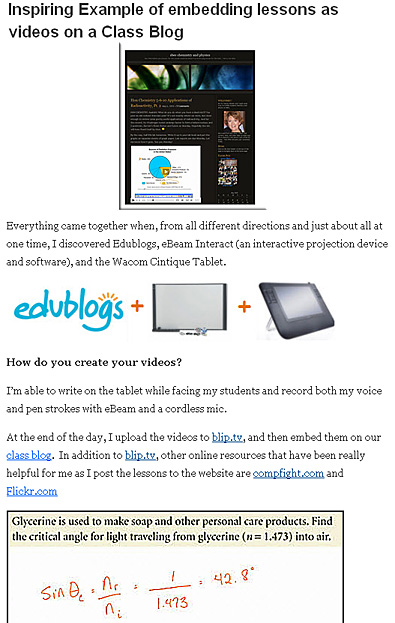Digital art: Cool tools for encouraging creativity — from isteconnects.org
Why do we care about arts in schools? Students who are encouraged to express themselves through a variety of mediums exhibit higher self-confidence and increased creativity. In a speech presented by Jerome Kagan, Ph.D. at the 2009 Johns Hopkins University Summit “Neuroeducation: Learning, Arts, and the Brain,” suggests that greater focus on general art programs in schools could drastically decrease student dropout rates.
For students tired of fiddling with crayons and watercolors or who want to move beyond playing tunes on the recorder, the Web provides a wealth of tools that allow students to express themselves in non-linguistic ways.
The National Gallery of Art hosts a kids art section where young people can build their own still life, learn about American Folk Art by creating panoramic landscape creations, and populate a Dutch “poppenhuis” with characters and scenes from well-known Dutch artists.
lder students my enjoy the Architect Studio 3D, from the Frank Lloyd Wright Preservation Trust, a free tool where users can design and furnish a house. Or try The Graffiti Creator, which give an introduction to basic graffiti art styles and techniques and offers an easy interface for students to develop their own art without defacing property.

For students who may be interested in a career as a curator some day, Museum Box is a beautifully designed site that encourages students to create and share their own virtual collection of items gathered to build up an argument or describe an event, person or historical period. Boxes can hold test, images, sound, and even video. The site even offers a handy lesson guide for teachers.
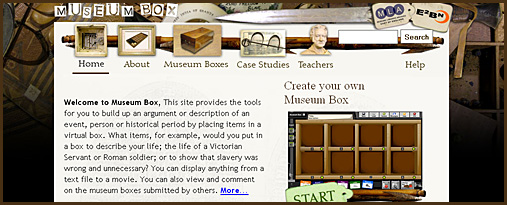
The Web also offers a variety of sites that turn the computer keyboard into a digital production studio. JamStudio, probably the most popular web-based music creation site, makes it easy for novices to begin composing a musical masterpiece.
Visual Acoustics combines the familiarity of simple paint programs with the intricacy of musical production. Brushes, consisting of one of four instruments, are painted across the screen to play notes. Brushes can be built up to create complex musical visions.
Even very young kids can compose original pieces using Morton Subotnick’s Creating Music. Just draw a song using a virtual sketchpad and your song plays back in real time using a QuickTime interface.









